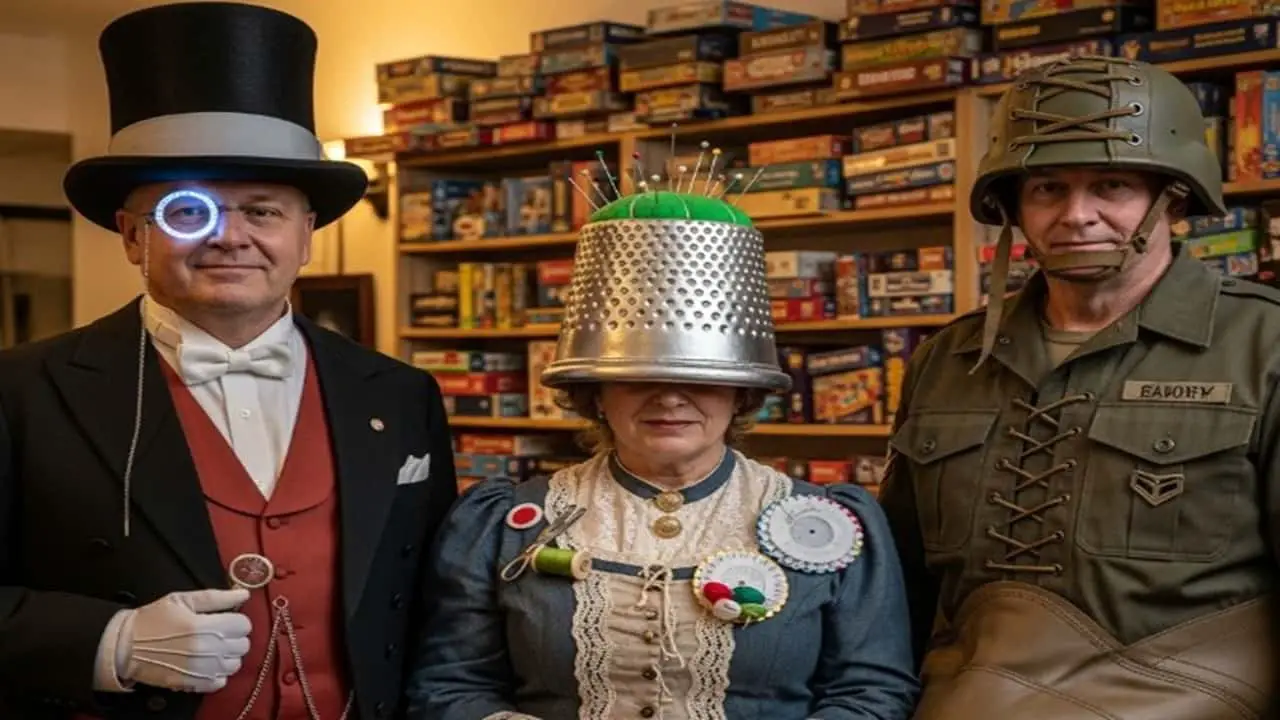No one really enjoys doing laundry, but it’s a necessary evil.
Unless you have a live-in maid, you’ll probably have to do your fair share of laundry.
Thankfully, there are some ways to make the process go more smoothly.
In this post, we’ll discuss the five stages of the laundry process and offer some tips for each stage.
Here’s what this article covers.
Let’s dive right into it.
What are the five stages of laundry?
The laundry task can be segregated into five stages, such as Pre-laundering (Sorting & Pre-Treating), Washing & Rinsing, Drying, Ironing, and folding to Put Them Away.
Let’s take a quick look at each of the processes and stages below.
The First Stage: Pre-laundering
The first stage of the laundry can be split into two ‘Sorting’ and ‘Pre-treating’.
Let’s deep dive into both the process.
Sorting
The first step in doing laundry is to sort your clothes for washing and this means separating them by color, fabric, and degree of soiling.
Sorting your clothes not only helps to ensure that each load of laundry is washed correctly but also prevents them from getting damaged in the wash.
Moreover, it does help you save time by not having to wash each item individually.
Pre-Treating
The next step is to pre-treat any stains or heavily soiled areas on your clothes.
This can be done by using a stain remover or by applying some soap directly to the affected area.
Be sure to rub the stain remover or soap well before washing the garment.
This gives the best chance of removing the stain or soil.
Also Read: What is Soil Level in a washing machine?
The Second Stage: Washing & Rinsing
The next stage is to wash your clothes.
This is done by adding detergent to a washing machine filled with water and then adding your clothes.
Let’s understand the Wash & Rinse Process better.
Washing
Once your clothes are sorted and pre-treated, it’s time to wash them.
Be sure to follow the care instructions on each garment to ensure that you’re using the correct water temperature and cycle.
This is the stage where you actually wash your clothes by using suitable detergent and water to remove dirt and stains hence be sure to add detergent according to the manufacturer’s instructions.
This is because using too much or too little detergent can both lead to poor results.
There are many different ways to wash your clothes, but the most common method is to use a washing machine.
You can also hand-wash your clothes, and this may be necessary for delicate items.
Either way, you’ll need to use soap and water to clean your clothes.
Rinsing
This is the stage where you rinse your clothes to remove any residual detergent or dirt.
Here clean water is used to rinse your clothes completely and if required, you may repeat this step, especially for heavily soiled fabrics.
Rinsing your fabrics are typically done in a washing machine, alternately you may rinse them in a bucket filled with clean water post-wash.
The Third Stage: Drying
Once your clothes are clean, they need to be dried.
In most cases, a dryer is used to dry the laundry post-wash.
However, you can air-dry your fabrics through a clothesline or by using a dryer rack.
Some fabrics are advised to dry, by simply laying them flat on the surface so be sure to read the care labels carefully.
There are a few things to keep in mind when drying your clothes.
- First, make sure that the dryer is set to the appropriate temperature. If the dryer is too hot, it can damage your clothes.
- Second, don’t over-dry your clothes. This can cause them to shrink or become stiff.
- Finally, remove your clothes from the dryer promptly to avoid wrinkles.
Again, you’ll need to consider the type of fabric when choosing a drying method and you may refer to the care labels for laundry symbols or their drying techniques.
The Fourth stage: Ironing
Ironing is the process of using iron to smooth out wrinkles or fabric and it is usually done after you’ve washed and dried your clothes.
This step is usually only necessary for items made from cotton or linen.
Ironing can be a bit of a chore, however, some people like to iron all of their clothes to ensure that they look their best.
There are a few things you need to know before you start ironing.
- When ironing your clothes, make sure to use the appropriate setting on your iron especially, the temperature as per your fabric type.
- You don’t want to damage your clothes by using too much heat and if you’re not sure, test it out on a scrap piece of fabric first.
- Next, you need to choose the right ironing board as there are different types of ironing boards, so make sure you get one that’s right for you.
- Finally, you need to know how to iron properly.
Ironing Tips
- Always use an ironing board cover – This will protect your ironing board and keep it looking new.
- Iron in sections – This will help you avoid missing any spots and will make the process go faster.
- Use steam when ironing – Steam will help remove wrinkles and give your clothes a professional look.
Note: Not all fabrics are recommended for steam ironing, refer to their care labels for instructions.
The Fifth Stage: Fold & Put them away
The fifth and final stage of laundry is to fold and put them away.
This is when you take your dry clothes and put them away in your dresser, closet, or wherever you keep your clothes.
This is the easiest part, isn’t it?
You just have to make sure that you put your clothes away in the right place so you can find them later with ease.
Putting away your laundry may seem like a small task, but it’s actually an important part of the laundry process.
By taking the time to put your clothes away neatly, you can help to keep your room or house more organized.
Additionally, keeping your clothes properly can help to prevent wrinkles and creases.
So, taking a few extra minutes to place your clothes correctly can save you time and hassle in the long run.
Final Thoughts
Pre-treatment is an important step in getting your clothes clean as it helps to remove any dirt, oil, or other substances that could make the stain harder to remove during the washing process.
Remember to always sort your clothes before washing them and use the correct amount of detergent.
Lastly, take care when drying your clothes.
Frequently Asked Questions
Here are some common questions related to Laundry Process that may be helpful.
What are the common ways to dry your clothes?
After your clothes have been washed completely, you may consider drying them as per the available resources. The simplest way to dry your clothes is to Air-dry them. Having said that, you may use tumble drying, and line drying depending on the fabric type.
What is Air Drying?
Air drying is the most gentle and simple method of drying clothes. Clothes are hung up to dry in a well-ventilated room and this method is best for delicate items that can’t stand up to the heat of a tumble dryer.
What is tumble Drying?
Tumble drying is a faster way to dry clothes. Clothes are placed in a machine that tumbles them around while blowing hot air over them and this method is best for items that can withstand the heat, such as jeans and towels.
What is Line Drying?
Line drying is another fast way to dry clothes. Clothes are hung up on a clothesline outdoors, where they are exposed to the sun and wind. This method is best for items that can withstand the outdoor elements (for example Jeans and canvas).
What should I do if I accidentally shrink my clothes in the wash?
If you accidentally shrink your clothes in the wash, the best thing to do is to let them air dry. Do not put them in the dryer, as this will further shrink the fabric. If you are using a dryer, use the lowest heat setting possible.
How do I remove a stain from my clothing?
There are a few different ways to remove stains from clothing. You can pretreat the stain with a stain remover, wash the garment in hot water with detergent, or soak the garment in a solution of water and vinegar.
How do I get rid of wrinkles in my clothes?
There are a few different ways to get rid of wrinkles in clothes. You can iron them, Hang them up to air dry, or use a steamer.
You May Also Like
- Laundry Bags: 11 Commonly Asked Questions Answered
- High-Efficiency Laundry detergents: 11 Things Everyone should know
- Can Front Load Detergents be used in the Top Load Washers?
- How to Wash Hey Dudes Shoes? (Step-by-Step)
- Top Load Detergent VS Front Load Detergents (Which is best?)
- Laundry Pods: 12 Answers you should know
- Can you use baking soda as laundry detergent?
- 20 Things your must know about Fabric Softeners





